Fluffies!
It occurred to me the other day whilst worming some fluffy goslings, that there is a rather serious lack of the 'cute and fluffy' in my blogs of late... As a remedy, I hope that you enjoy the list of fluffy-bottomed beauties below; a few highlights of my year so far.
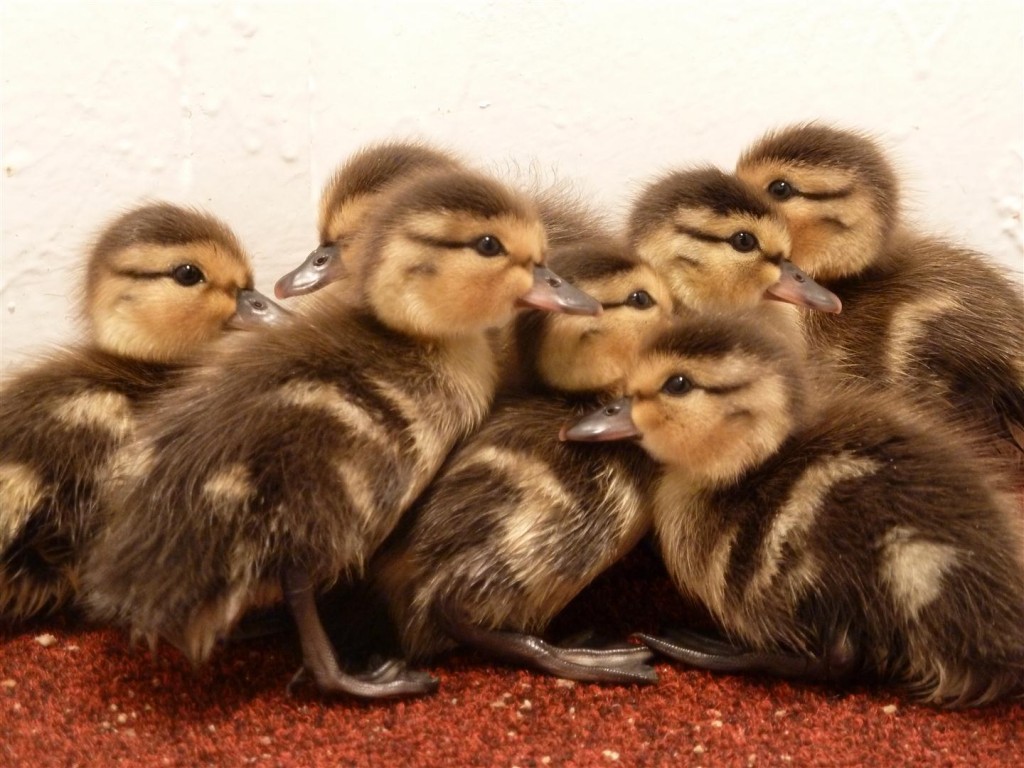
African Yellowbills are always a cheerful and early addition to the duckery coops. People always remark "how can you possibly tell them all apart from mallards?" It's easy once you get your eye in, and here's your chance! Yellowbill are more mellow yellow, they have bigger bulbous eyes, and their eyestripe is drawn by a fineliner and not a marker pen. They resemble milk chocolate instead of dark chocolate, they don't have a deep dark widow's peak, and they have a little pink gape at the base of their mandibles. To me, the two species are chalk and cheese, and once you get your eye in you can go even further! Yellowbill have a band on their flank and not a spot, they never have even the hint of a second facial stripe, and they should never ever have any colour in their legs, not even a spot of orange is allowed! What do you think?
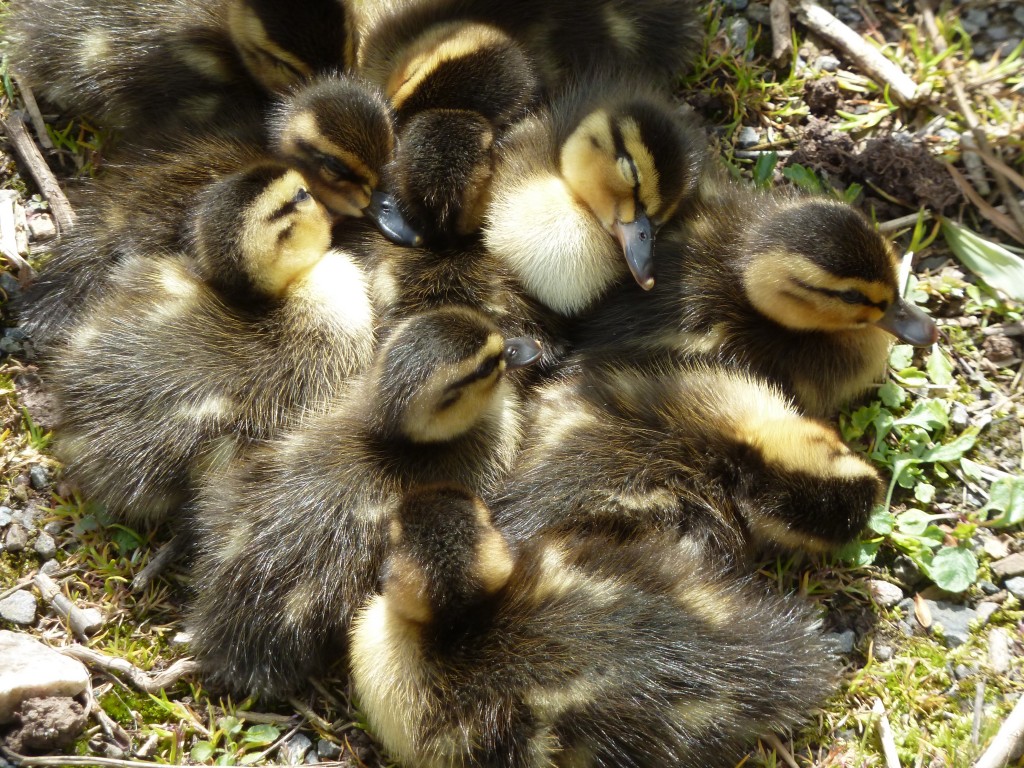
We bred Cape Barren or Cereopsis goslings in my very first full-time year at Slimbridge in 2008, and I've been dying to breed them again ever since. Cereopsis are cute mostly because they bear no resemblance to their angry parents! They hatch out all watery-eyed and sheepish, huddling together in the corner as quiet as mice. The cutest thing of all though is their big chunky legs, because these muscular little power houses have the most amazing little legs you have ever seen!
When they are young they are very good at sticking their beaks into things, and this is no ordinary beak either. They are mini replicas of their parents' beaks, short sharp and stubby with a funny little black tongue that looks like it is made out of wine gums. You probably think I have lost it by this point, but unlike other geese who have pliable pink tongues with lots of nodules and serrated edges for masticating grass, Cape Barren have smooth black tongues. Next time you see the adults displaying in the grounds, see if you can't get a peek at it...
They hatch just like any other sheldgeese into a striped black and white down, but soon start to develop those playground crayon-type colours which seem so alien to our British species. Black feet, princess-pink legs and lime green beaks. I love them!
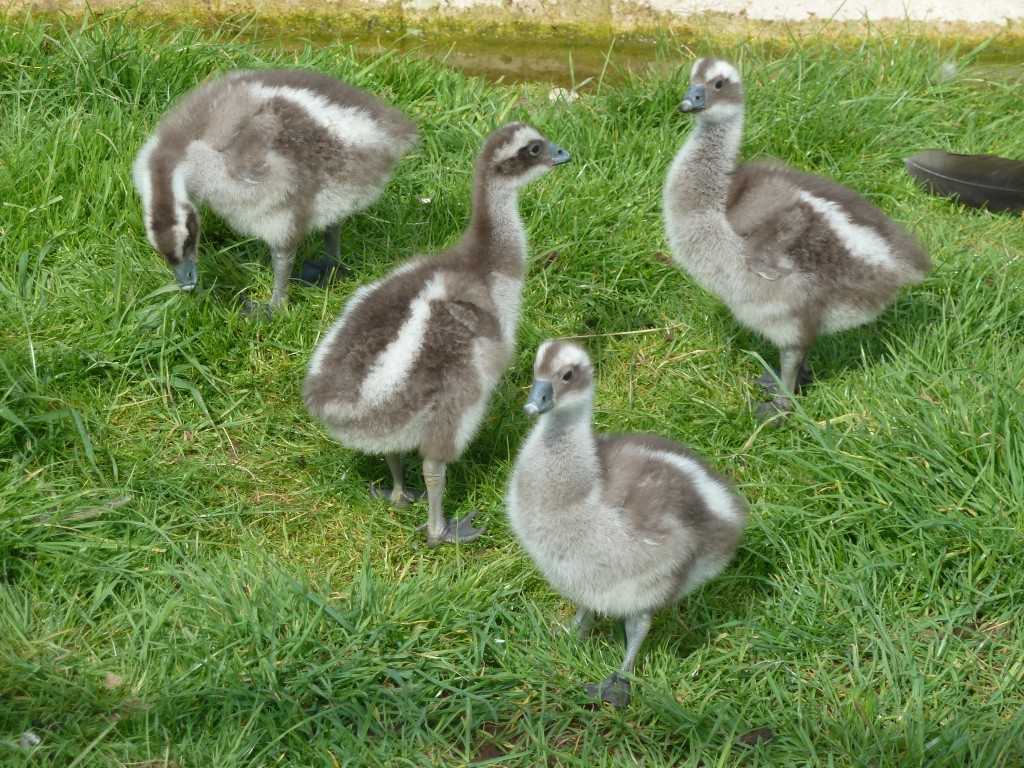
Freckled duck rock. All Aviculturalists know this. They are messy, grumpy, set in their ways and hate washing to the point that they would rather spend 2 weeks bald than 5 minutes preening! Their look is a calculation of effort versus the benefits you have to offer. I just love rearing them, (we are never short of them on my watch!) but my theory is that this once rare Avicultural species needs to be celebrated.
When they were brought into captivity in Europe in the early 80's organisations struggled for years to successfully breed them. They wouldn't eat, or got too cold or too dirty. They are not a hardy breed and need lots of TLC. People often struggled to breed them at all because they are quite fussy with their nesting habitat and their body clock is set to the southern hemisphere. As such then it was hard to stimulate them into laying any eggs. I think Slimbridge cracked it first, and as such we were then absolutely terrified to change our magic breeding formula just in case we were succeeding for a reason that was unknown. For 30 years our Freckled duck lived in the outside Tropical house aviary but in 2011 when it finally became unsafe, they were moved. We probably only had around 12 adults, with only a few youngsters left from a bye-gone breeding era. A ratio of 5:7 were divided amongst our off-site breeding aviaries, where for the first time they would have to compete for space along with all the other breeding species. Knowing Frecks; I was worried.
There was no need! In 2012 we bred 8 from 12 eggs, 2013 we bred 15 from 20+ eggs. This year we have received over 130 eggs and the juvenile count is still rising! On our collection plan it reads next to the species for breeding effort "max." Our collection manager has had to change that! Huge amounts of the eggs were infertile due to younger stock being integrated into the breeding pens, but we have a lovely group of babes from the adult pairs, and a lot of good practice gained from the youngsters. Maybe the time of the Freckled duck is nigh? I certainly think they have a huge conservation value because a noisy and messy silver duckling really appeals to the kids over a little brown job any day!
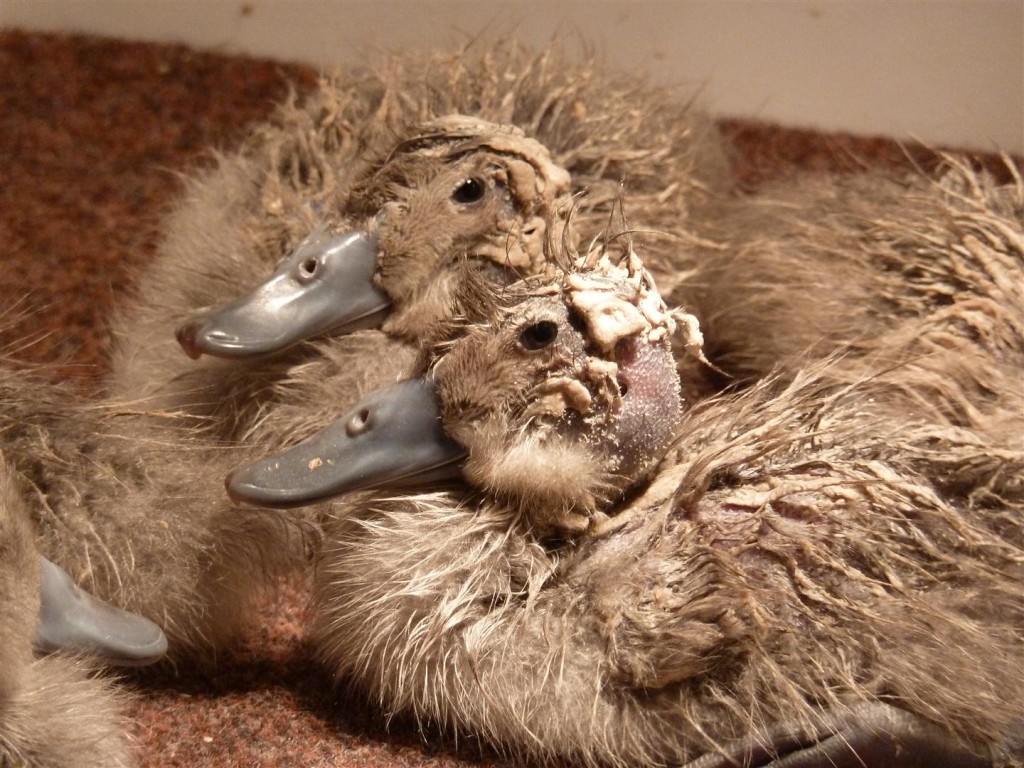
Ah White-wings. No season is complete for me without a brood of these tumbling around the duckery. Much like the Freckled duck above these ducks bare no resemblance to any other species and can only possibly be compared to themselves. Evolving in such a niche habitat as they do (E.Indian sub-tropical rainforest) no other species has followed the same evolutionary path.
They too were bred for the first time in greater numbers in the early 80's, but unlike the Freckled duck they were so easy to breed that the market became saturated, people stopped breeding them, and before we knew it, the genetic diversity was lost. The species now remains in captivity thanks to a few remnant breeders who kept their bloodlines alive. Work is being done every year through EAZA and BIAZA collections to "big up" these birds, but they are difficult to keep (angry and aggressive to smaller ducks) and have a shorter lifespan than other ducks of their size, and so zoos aren't queuing up to keep them. When they are exhibited however, there is no better sight than a weighty 3-4kg duck the size of a sack of spuds hurtling between tree trunks and nesting high up in cavity nests, with their mottled heads and white-wing flashing between the shadows. Love them!
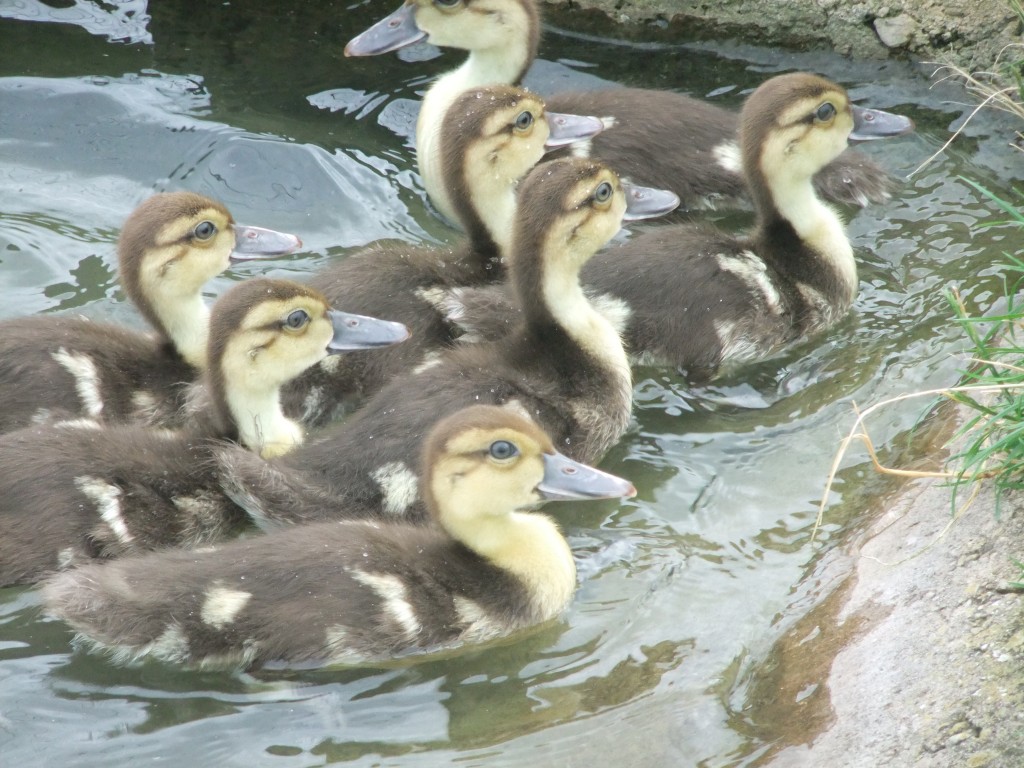
I hope that this post makes up for the lack of fluff of late... I'll do further round ups as we enter autumn. Please feel free to make requests below! Always happy to help :)

